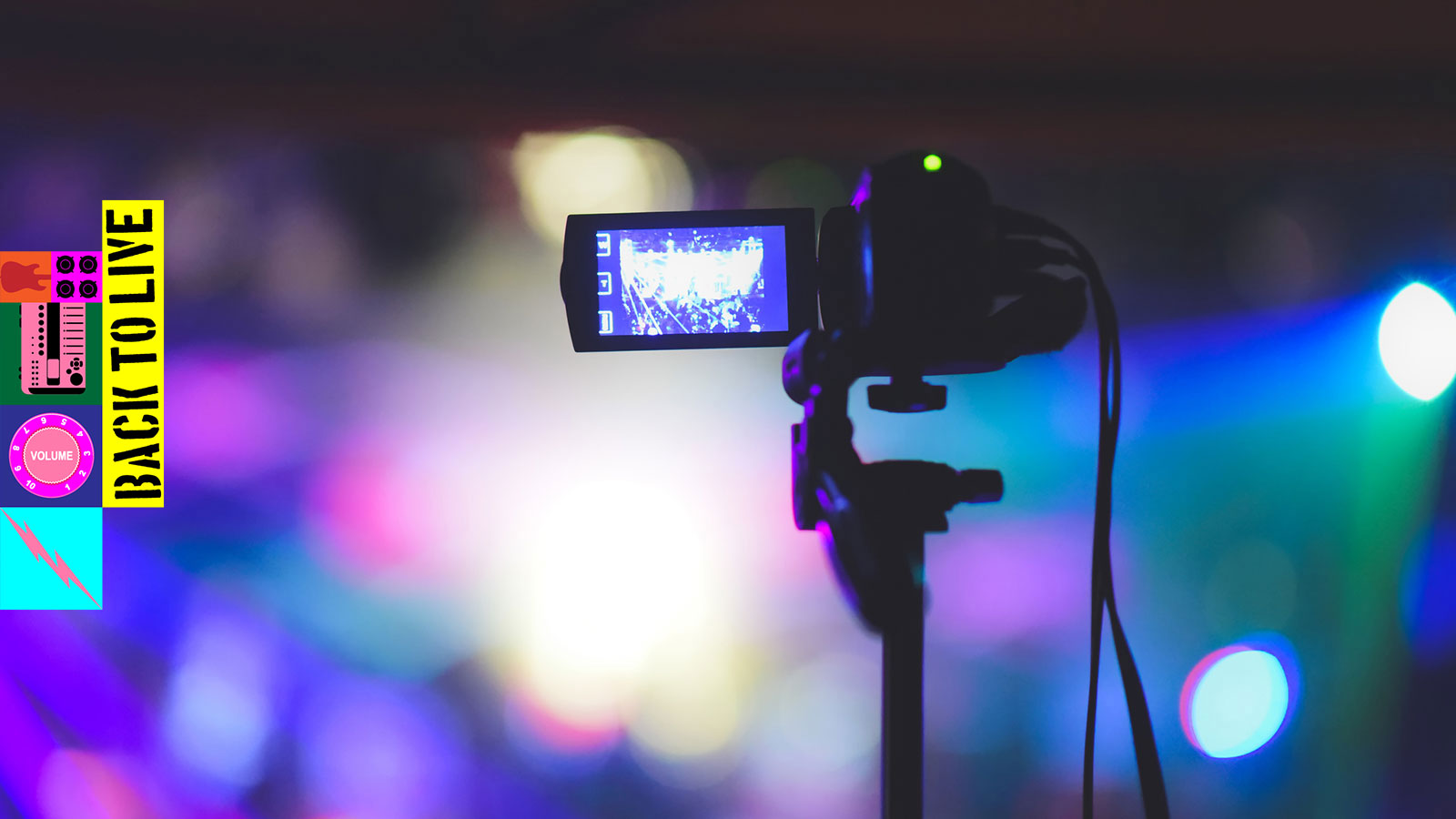Want a show from your sofa? Exploring the world of VR performance
Back To Live: Being a live performer means a very different thing in 2021 than it did even five years ago

You can stream a show for thousands of people straight from your home studio. But does new technology increase the risk of losing that vital live experience, or does this all lead somewhere even more exciting?
Picture the scene: you’re at the apex of the most important gig you’ve ever attended in your life – a real soul-altering, profound experience. At the crescendo of the encore, you and your friends, caught in a euphoric wave, move from your front row vantage point, clamber up on to the stage with your very favourite artist.
Standing side-by-side with them, you sing your heart out, facing the thousands of rapturous faces all around you, all of whom are sharing in this dream-like, transcendent moment. The show ends, and within seconds, you’re back home on your sofa.
With virtual environments developing in complexity, competing with the live experience might not be an impossibility
Sound like a preposterous dream? Well, it actually isn’t - a similar experience is achievable right now thanks to the increasingly impressive development of virtual reality gig technology. Yes, the intensity of a live show - for both attendee and artist – is now replicable from your home.
Companies like MelodyVR and Woov are pushing at the frontiers of something that could revolutionise how we think about the live music experience. But should we be worried about the implications, for an already struggling industry?
A post shared by MelodyVR (@melodyvirtual)
A photo posted by on
The real deal
“Our objective isn’t to replace live music, but to offer an alternative – which means you can still attend a show if it’s sold out or in a different country,” explains Tom Harper, the Support Lead at MelodyVR.
Many of the restrictive practicalities of putting on a real show are completely forgotten in the virtual world
“The VR experience offers the ability to jump into a show and move around the space using our Jump Spot feature. This means with a MelodyVR stream, the audience can occupy spots they usually might have looking at the stage - or, more uniquely (and more popular), jump on stage with the artist. The cameras we use, that are built in-house, are designed to be non-invasive - so we can put them anywhere when we record a show allowing us to get fans closer to what’s happening.”
Want all the hottest music and gear news, reviews, deals, features and more, direct to your inbox? Sign up here.
It all sounds incredibly exciting, but can it really compete with the visceral, primal thrill of performing your music to real, living human beings? It’s hard to say at this stage, but with virtual environments developing in complexity, it might not be an impossibility.
Unreal experiences
Casting aside any cynicism about this new tech for now, the actual potential of virtual shows (which, remember, has real human beings both performing and witnessing) is mind-blowing.
Many of the restrictive practicalities of putting on a real show, venue specifics, safety and security concerns - and just the small possibility that you’ll be stuck behind an inhumanly tall person - are completely forgotten in the virtual world, while the enhancement of the experience could, in actuality, only increase the enjoyment.
just because you’re in the safety of your home studio, it doesn’t mean you need to scrimp on the ‘show’ aspect of the dynamic
“In terms of how live performances are set out, we can put them in unique places, or stage them in interesting ways,” Harper adds.
“For our Live from LA series last year, we built our own studio and filmed everything on a circular stage surrounded by screens which was really cool. Our show directors have some interesting challenges coming up with staging ideas because the audience can look everywhere and so you have to provide visuals for the full 360 degree field of view.”
Can you imagine what this will be like in ten, 20 or even 50 years’ time? While virtual gigs are still in their relative infancy, the hunger to enhance the live experience will undoubtedly keep driving technology in fascinating directions.

Cross the streams
Livestream shows have really exploded over the last year. And, it’s easier than ever to set up a live performance in your home studio. All you need is to make sure your livestream platform of choice is taking the output audio of your interface. Of course, just because you’re in the safety of your home studio, it doesn’t mean you need to scrimp on the ‘show’ aspect of the dynamic. Remember, you’re still performing here.
Everyday live video platforms such as YouTube, Instagram Live and Facebook Live are typically put to use by musicians, and easy for general audience members to access, while more gig-tailored platforms like Stageit offer more monetisation features for those looking to invest in a more stable pattern of livestream shows in the future.


Computer Music magazine is the world’s best selling publication dedicated solely to making great music with your Mac or PC computer. Each issue it brings its lucky readers the best in cutting-edge tutorials, need-to-know, expert software reviews and even all the tools you actually need to make great music today, courtesy of our legendary CM Plugin Suite.
